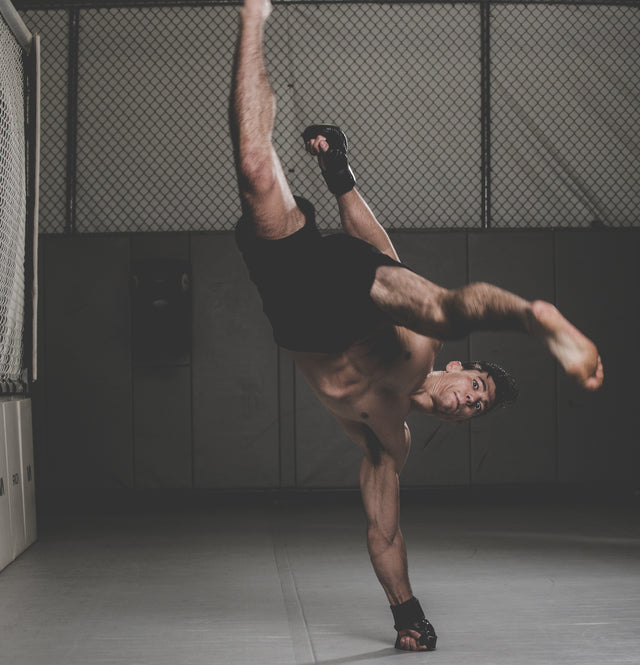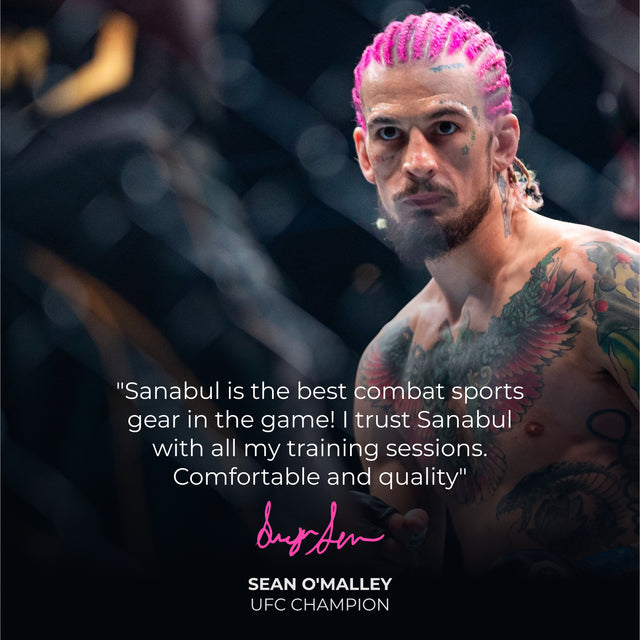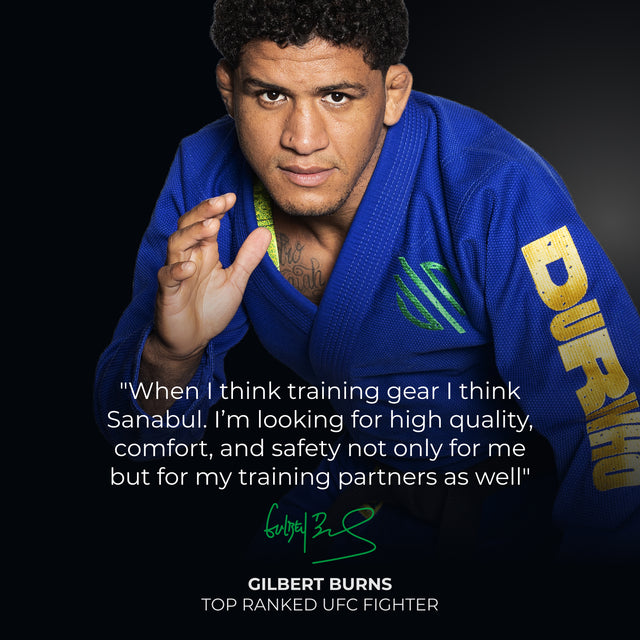Bone Conditioning
If you know anything about Muay Thai fighters, you’ll know that they are well conditioned. Their training ensures that they are as strong as possible, physically and mentally.
Muay Thai is called the “Art of Eight Limbs” for a reason. Practitioners train extremely hard to refine the weapons (eight limbs) they will use in a fight: fists, elbows, knees, and shins. Thai boxing is famous for its simple, effective, and powerful strikes.
In order to throw strikes with devastating power, a fighter’s body must be able to withstand the force they dish out. If their strikes do more damage to themselves than to their opponent, longevity will be an issue for their career. Impact goes both ways. One fighter will absorb damage from the impact of strikes and the other fighter will take damage (to a lesser extent) after striking their target.
Kicking is one of the most powerful tools in martial arts. Roundhouse kicks from Muay Thai fighters have been compared to baseball bats slamming into a target, in terms of precision and power. A lot of force is transferred to the target upon the impact of a roundhouse kick. The damage that goes out causes much more damage than the damage that the kicker receives. The kicker’s legs must be able to handle the force that it connects with.
The Science of Bone Conditioning
Bone conditioning helps these fighters to stay intact for their fights. Specifically for kicking, shin conditioning is king. The conditioning of bones is a gradual process. Over time, bones are subjected to powerful impacts on various surfaces. When this happens, the nerves around the bones are deadened, allowing these (once) sensitive areas to feel less pain when they collide with a target.
When connecting with surfaces at high speed or with a lot of power, microfractures are created in the bone. Our bodies are extremely resilient and can adapt to a lot more than we think. After microfractures are created, the body’s response is similar to when microtears in muscles are created. When we exercise, microtears in the muscle develop from the stress the body endures throughout the workout. After we finish, the body will naturally repair these microtears, building bigger, stronger muscle fibers that can withstand even more stress. This process is repeated every time we workout, which is why our strength levels are able to progress so high.
The same principle applies to bone conditioning. Once microfractures in the bone are created, our bodies will rebuild over these microfractures. The resulting process allows the newly formed bone structure to be stronger than the previous one, which means that it can withstand more impact. Consistently repeating this cycle helps bones to become stronger, denser, and more durable.
We’ve linked more in-depth articles about the science behind bone conditioning at the end.
Methods of Shin Conditioning
If you’re reading this, it’s probably for a reason: you want stronger bones (specifically, shins). Now that you know some of the science behind bone remodeling, you’re probably wondering how you can develop really strong shins.
Microfractures are created through impact. For shins, there are multiple ways impact can occur. In combat sports, like Muay Thai, kicking something is the best way to go. Hitting Thai pads, kicking the heavy bag, and sparring will all create microfractures and result in your bones growing stronger and stronger. To increase difficulty, you can increase one or more of the following: hardness of surfaces being kicked, intensity/power that you kick with, and the amount of times (or duration) that you kick.
General exercise is also great for building shin density. In addition to putting stress on the bone, the muscles surrounding the bone get their strength work in too. Exercises like squats, lunges, and jumping give you the best of both worlds: muscle and bone conditioning. Running, rucking, and even walking can offer these types of conditioning, PLUS cardiovascular training. It is extremely important, especially for fighters, to be well-conditioned in every area that you can, which is why bone conditioning is only one of many aspects they incorporate into their training routines.
Things to Keep in mind if you are considering bone conditioning
Start slow and build up gradually
Condition all parts of the bone, not just one point. Think of your bone as a team - “you’re only as strong as your weakest link”
When first starting, DO NOT kick really hard surfaces as hard as you can. You may have seen videos of people kicking and breaking things like steel, concrete, and piles of brick. If your bones and shins are not already very, very, very well conditioned, they can break from this type of hard impact.
The quality of your training, nutrition, and recovery are all related to one another. Treat your body right and you will see results
Article on the science of bone conditioning: https://www.thebioneer.com/how-martial-artists-develop-stronger-bones/
Fight Science - shin conditioning: https://www.youtube.com/watch?v=NeAiM_Ocqyo
Wonderboy Shin Conditioning: https://youtu.be/G49L_ANzd_4
Sean Fagan (Muay Thai Guy) - conditioning and healing your shins: https://youtu.be/3fSnLOa-mI8
Reddit discussion: https://www.reddit.com/r/askscience/comments/wjwd0/what_are_the_long_term_effects_of_bone/
Thank you for reading - we hope we effectively covered the basics of bone conditioning!





0 Comments
There are no comments for this article. Be the first one to leave a message!